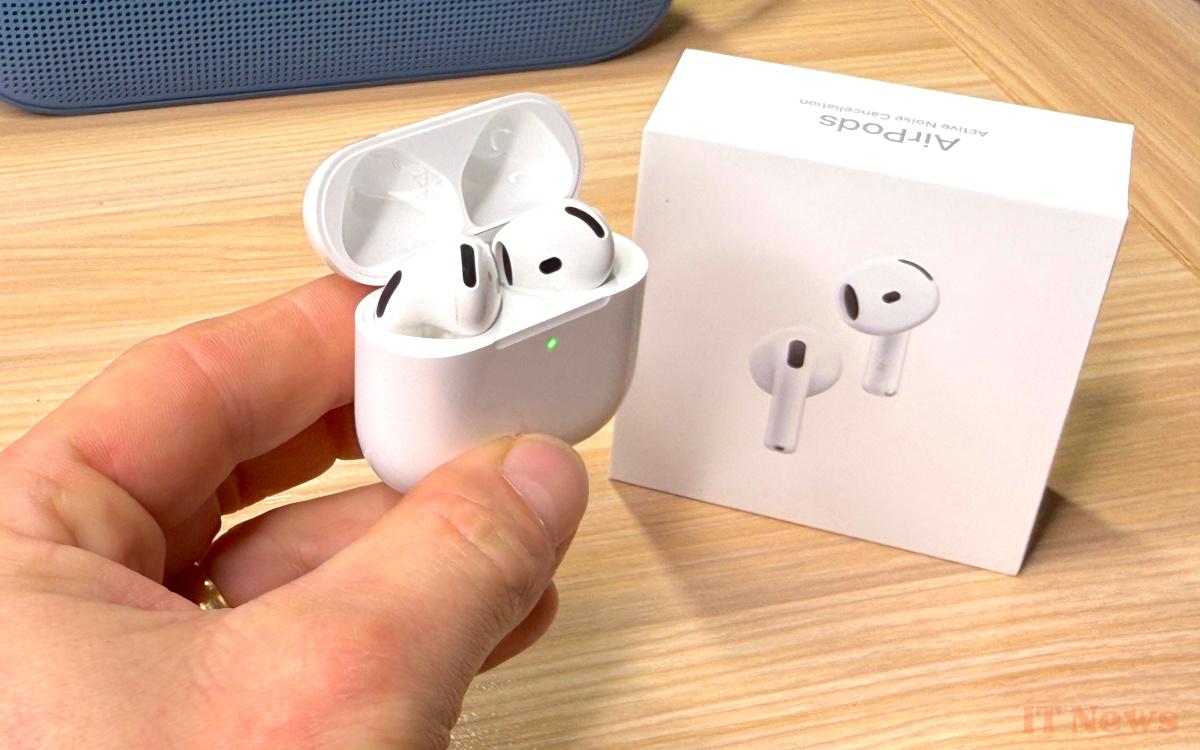Bluetooth continues to evolve quietly, but a new version could well change the game. More discreet, more economical, it promises concrete benefits for all connected objects.
More and more objects in our everyday lives rely on wireless connections. Smartwatches, headphones, trackers, and home automation accessories almost all use Bluetooth to exchange data. This technology has become ubiquitous, but it is not without its flaws. It can drain the battery of devices and, more importantly, allow for discreet tracking by malicious third parties. To address these challenges, the Bluetooth SIG, the organization responsible for the standard, has unveiled Bluetooth 6.1. This new generation will be available in electronic devices starting in 2026. It brings technical changes that will have a concrete impact on battery life and security. Some manufacturers like Apple could adopt it very quickly, as soon as their next models are released.
Bluetooth 6.1 improves device battery life and prevents trackers from tracking your connected objects
Bluetooth 6.1 introduces a feature called Randomized Resolvable Private Addresses. It allows the Bluetooth address to be changed more frequently and more randomly. This new method makes tracking devices much more difficult, even using sensors placed in public places. Another major advantage: this address change is no longer managed by the main processor, but directly by the Bluetooth chip. This reduces the latter's use and therefore energy consumption. Connected devices like wireless headphones, watches, and smartphones will see their battery life extended thanks to this optimization.
Even though the standard is already official, the first compatible devices won't be available until 2026. Manufacturers must first adapt their components, validate tests, and then move into production. In some cases, devices already on the market could receive a software update if their hardware allows it. The Bluetooth SIG also announced a new release schedule, with two updates per year. This means that future improvements will arrive more quickly. Version 6.2 is expected to be released by the end of 2026, with improvements in energy efficiency and compatibility between connected devices.




0 Comments